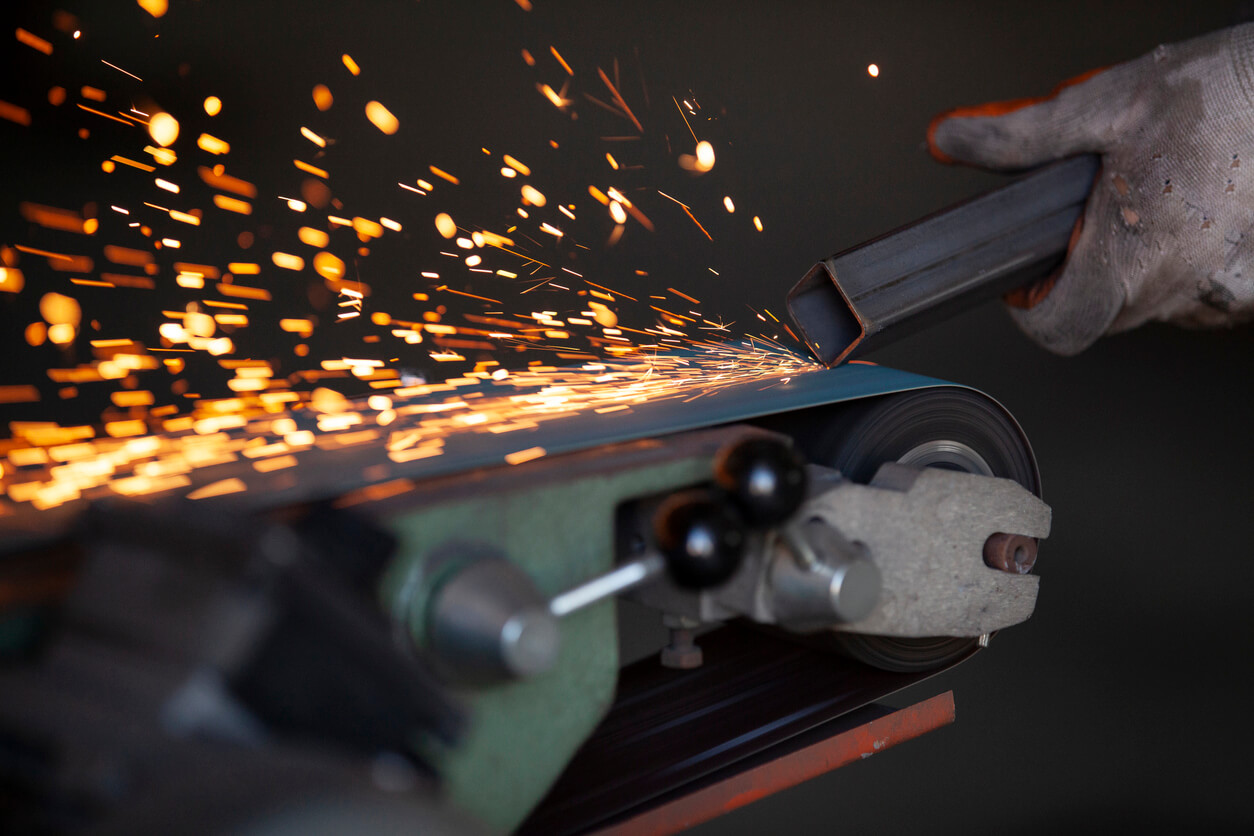Oxygen is the industry standard for cutting mild steel because it offers a clean and fast cut. When oxygen plasma gas interacts with carbon steel, it produces a fine spray that’s easy to eject from the kerf.
In oxy-fuel cutting applications, oxygen is mixed with a fuel gas like propylene or acetylene to create different types of flames for cutting. Some gases offer a hotter flame than others, which is ideal for specific metals.



